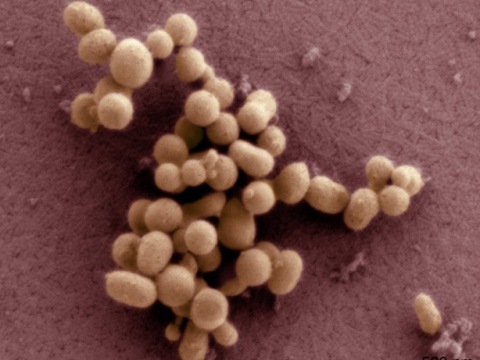
A glimpse of the future: A Penn State team manage to insert synthetic nanomotors into living cells for the first time. “We might be able to use nanomotors to treat cancer and other diseases by mechanically manipulating cells from the inside. Nanomotors could perform intracellular surgery and deliver drugs noninvasively to living tissues.”


